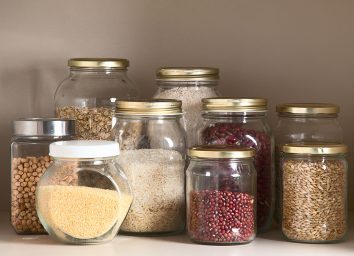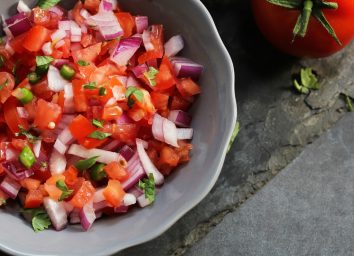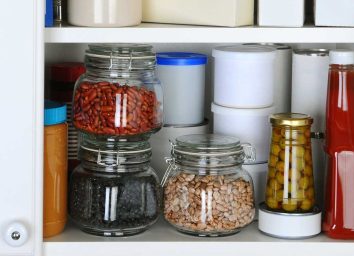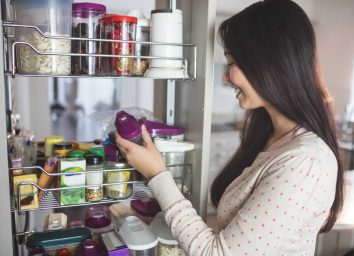17 Creative Pantry Organization Ideas, Straight From the Experts
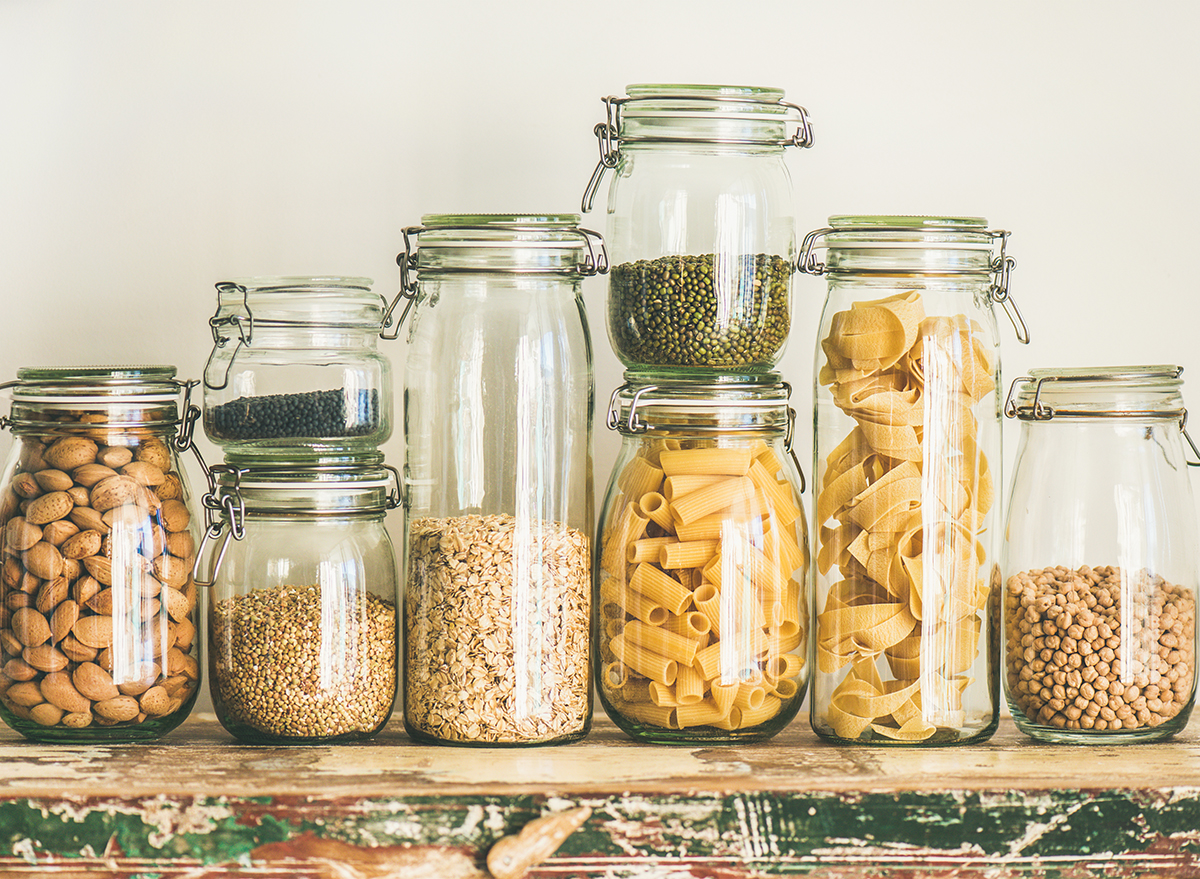
Let’s be honest: Good pantry organization is a crucial thing for the well-being of your kitchen, as well as your own. Left unchecked, a pantry can evolve into a dark cave or a time capsule of sorts. It’s always surprising to find a can of beans from another decade hiding out on the back of a shelf. Or, maybe you discover a spice jar that’s so dated the packaging looks vintage.
But, the truth is, organizing your pantry can be tough. An abyss with deep shelves, it’s no wonder cans and jars go MIA and bags of chips with only crumbs remaining go unnoticed for so long. Plus, unlike our fridge where we’ll immediately know if items like dairy have expired, pantry items past their prime don’t grab our attention. (And, yes, even flour has an expiration date!)
Ready to get your pantry organized once and for all? We asked organization pros for their best tips. Here’s what they had to say.
Read more: 20 Healthy Pantry Staples That Belong in Every Kitchen
Place ingredients in clear glass or plastic containers.
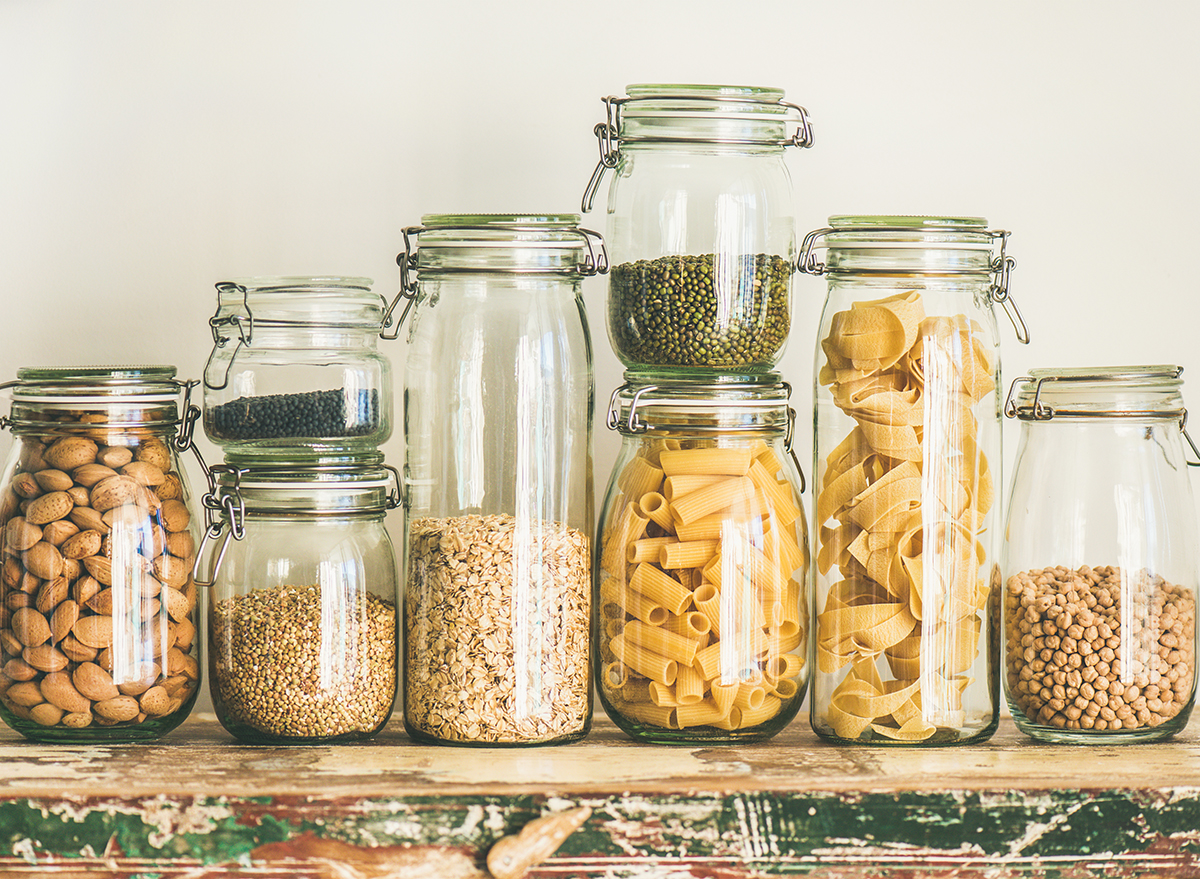
Professional organizers love the idea of “decanting,” which, in the context of pantry organization, means placing bulk items like flour, sugar, rice, and beans into their own glass or plastic containers. Packaging adds a slew of visual clutter, says Melissa Keyser, a professional organizer based in Maine. “Removing the labels and advertising so you only see the beautiful food not only makes your pantry more visually appealing, it’s easier to see what you have so you can be inspired to cook and know when it’s time to restock,” she says. Investing in the same brand and shape of jars streamlines the pantry even more.
Write the cooking ratios and times on the lids of bulk jars.
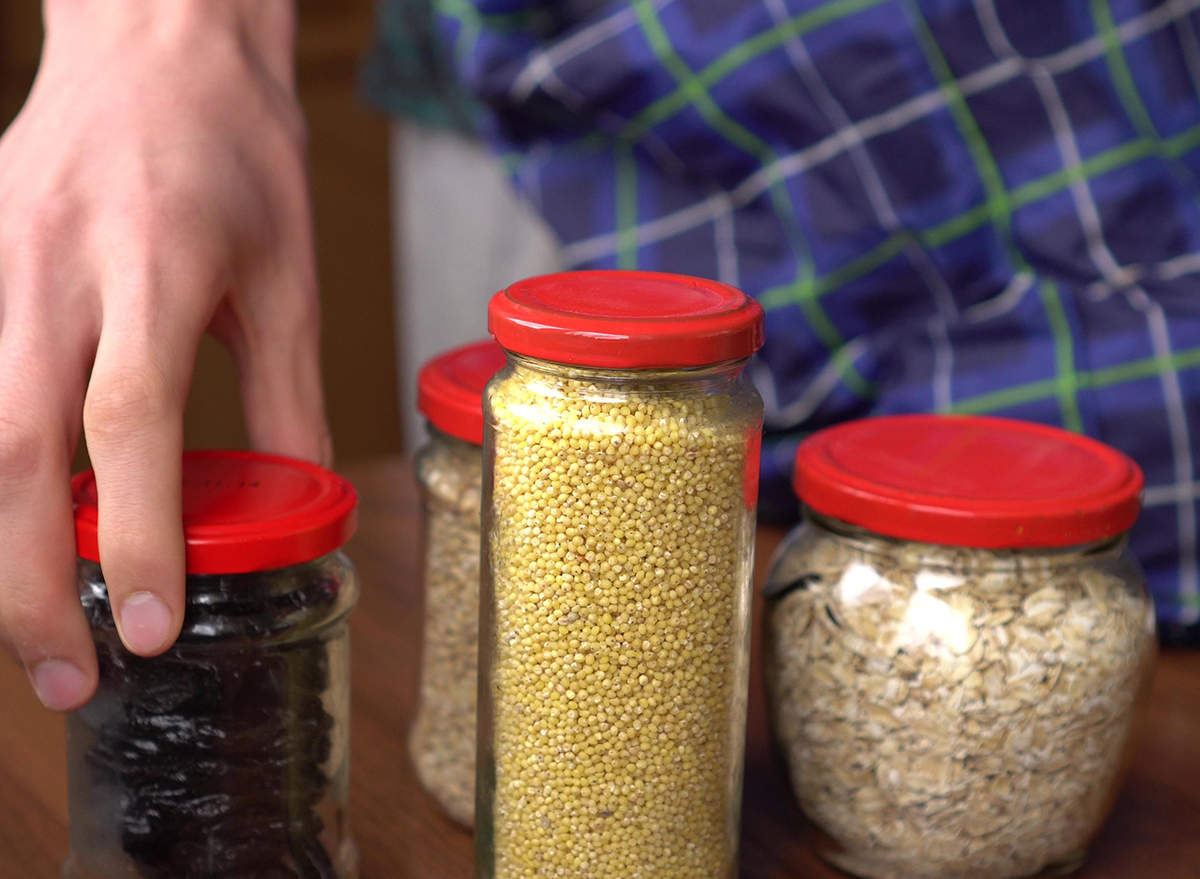
You could write “rice, 1-1, 15 minutes,” Keyser says. “That way, you don’t need to keep the original packaging for directions, and you don’t need to go digging through a cookbook or call up Google,” she says. To do this, you can use a dry erase marker or a Sharpie on a bit of removable painter’s tape, Keyser suggests. You could also make note of expiration dates. Stored at room temperature, white flour, for example, is good for about a year.
Consider how you’ll use your bulk containers.
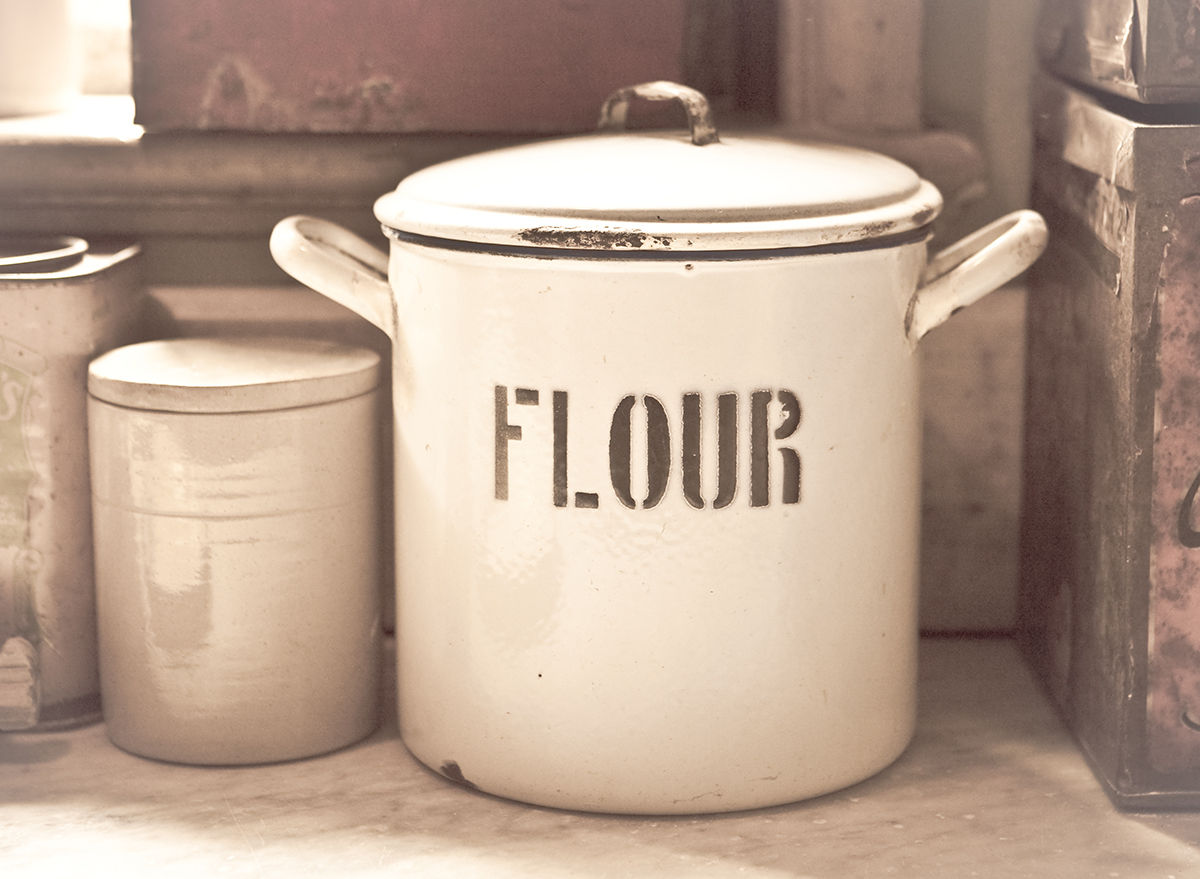
You’ll also want to take function into consideration when you purchase bulk containers, Keyser advises. Will the stored item, like flour or sugar, require a measuring tool to scoop it out? You’ll need a container with a big enough mouth so you can fit that cup in there. Pour things into a bowl, like cereal? You can get away with a smaller opening.
Get your nuts and whole-grain flour out of the pantry.
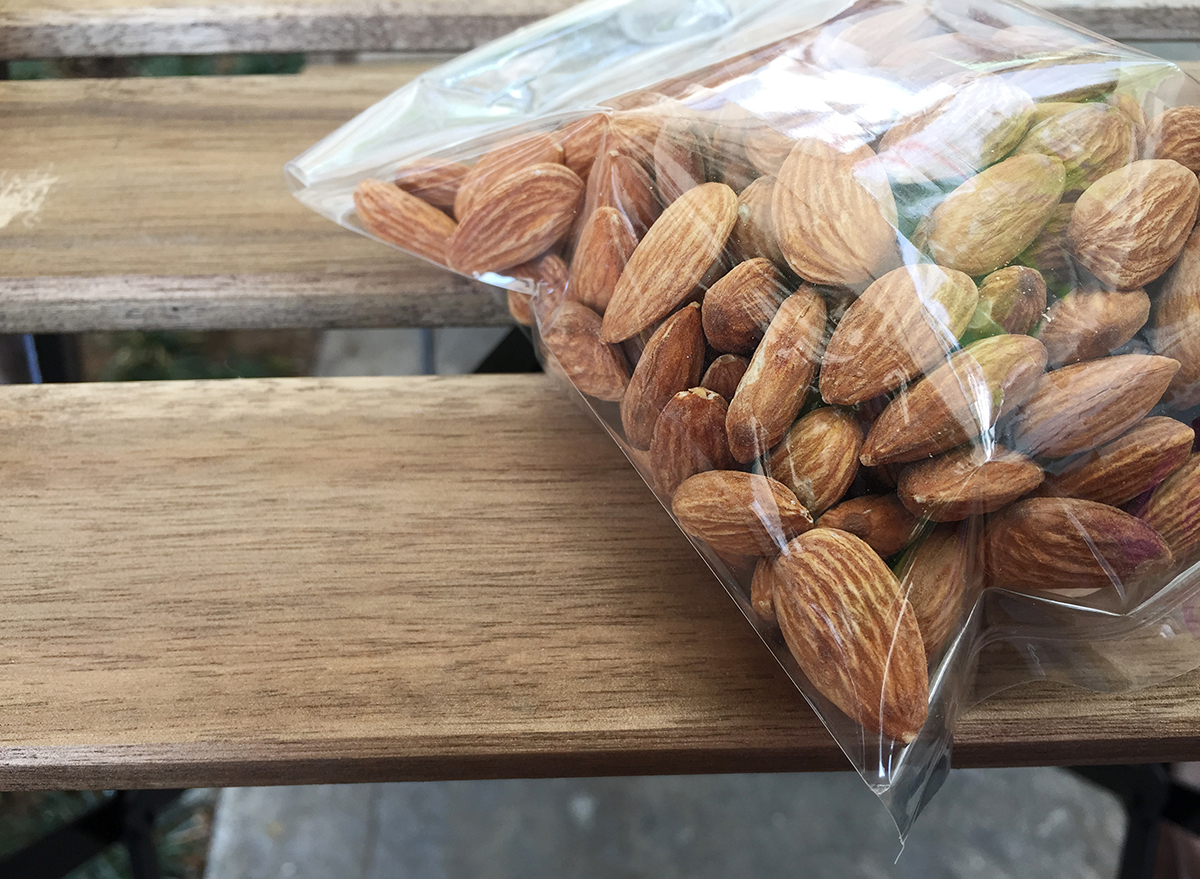
Nuts and whole-grain flours don’t belong in your pantry, Keyser says. “These are items that can go rancid quickly because of their high oil content,” she says. To keep them fresh, Keyser suggests storing them in airtight containers in the freezer. Pro tip: If you’re looking to reduce your plastic consumption, mason jars freeze just fine, Keyser says.
Re-think your spice storage.
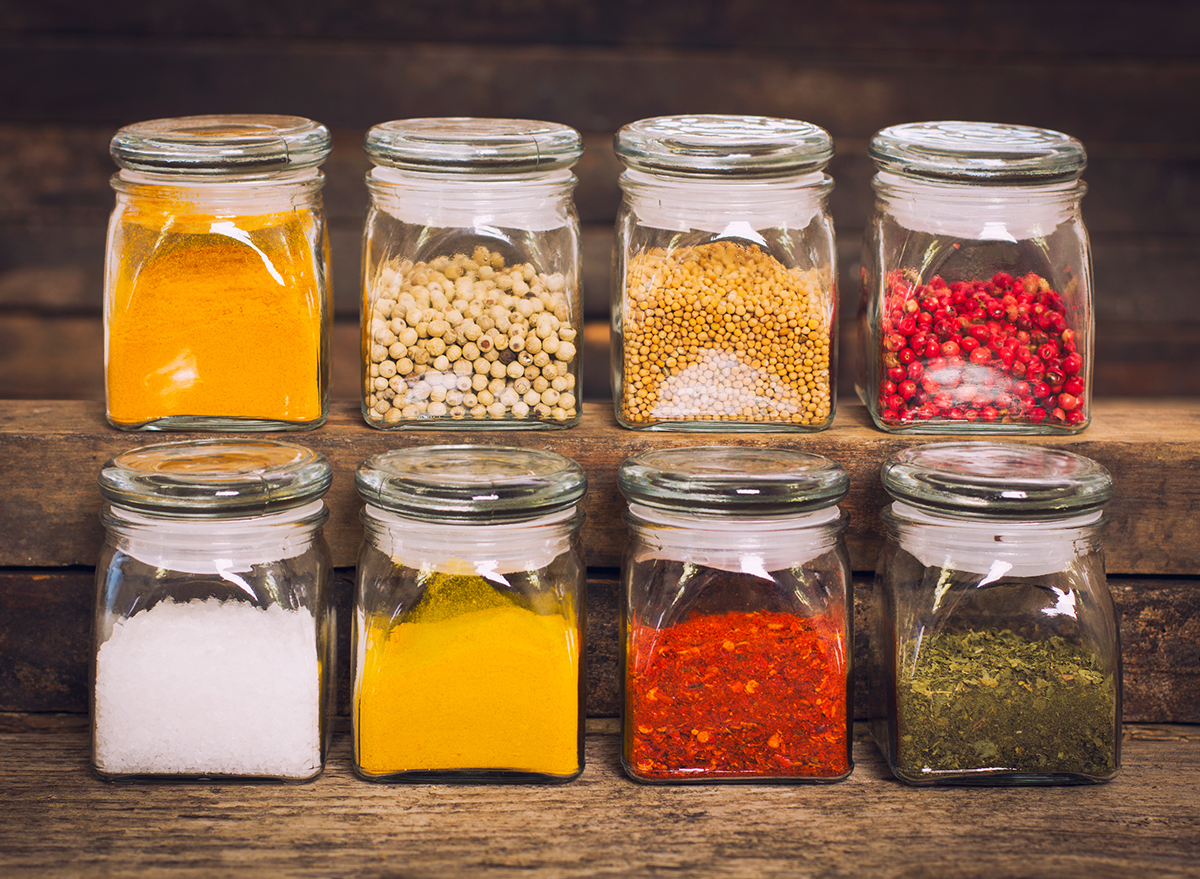
Dried herbs and spices make sense in the pantry because they do best in cooler areas, Keyser says. She likes to use wide-mouth canning jars instead of traditional spice jars because it’s easier to scoop the contents out with a measuring spoon.
Edit regularly and check for expiration dates.
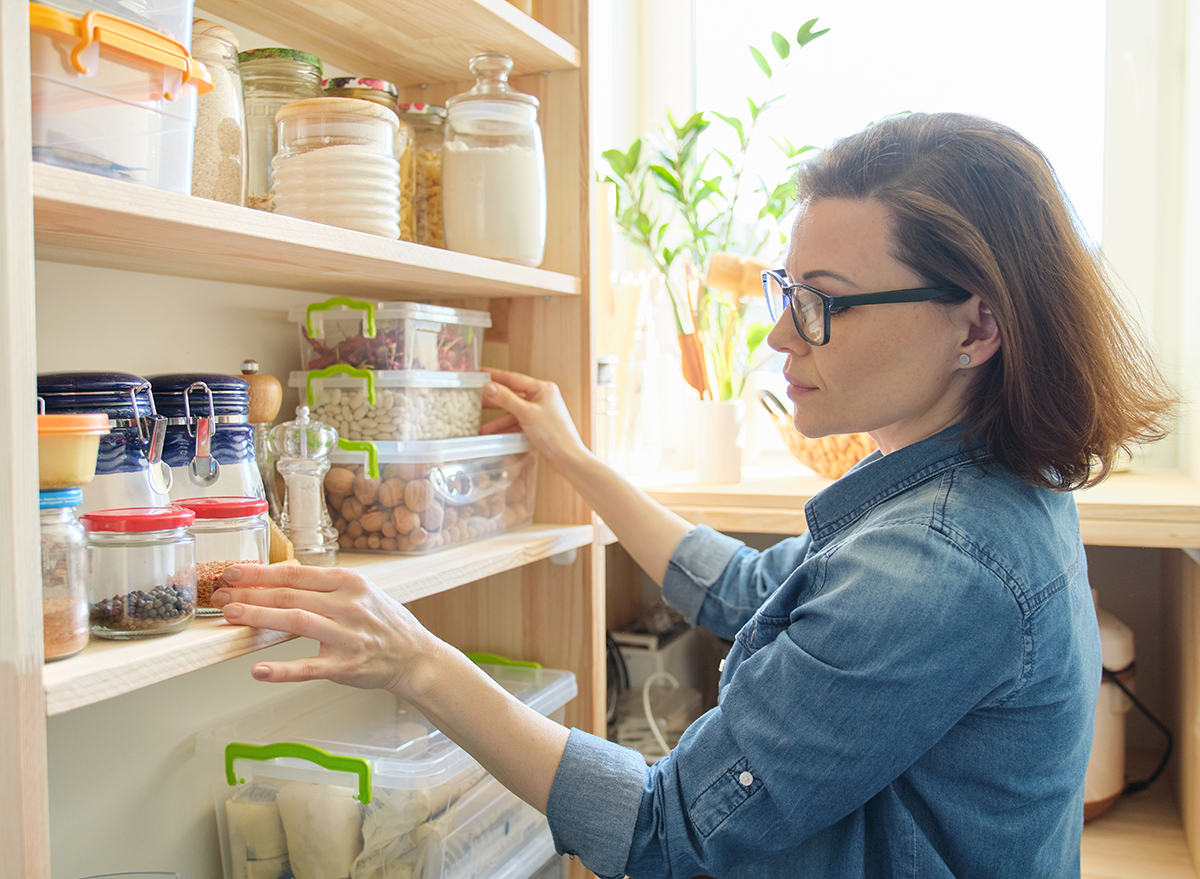
Commit to at least a yearly review of your pantry, which means pulling everything out, checking dates, and cleaning the shelves and drawers, says Liz Jenkins, Certified Professional Organizer and owner of A Fresh Space in Nashville, Tennessee. “We also encourage people to be realistic and honest with themselves about why they may be hanging on to certain items,” Jenkins says. “Maybe it’s wishful thinking that they’ll make their own hummus or decorate cakes.”
Use a step riser for cans.
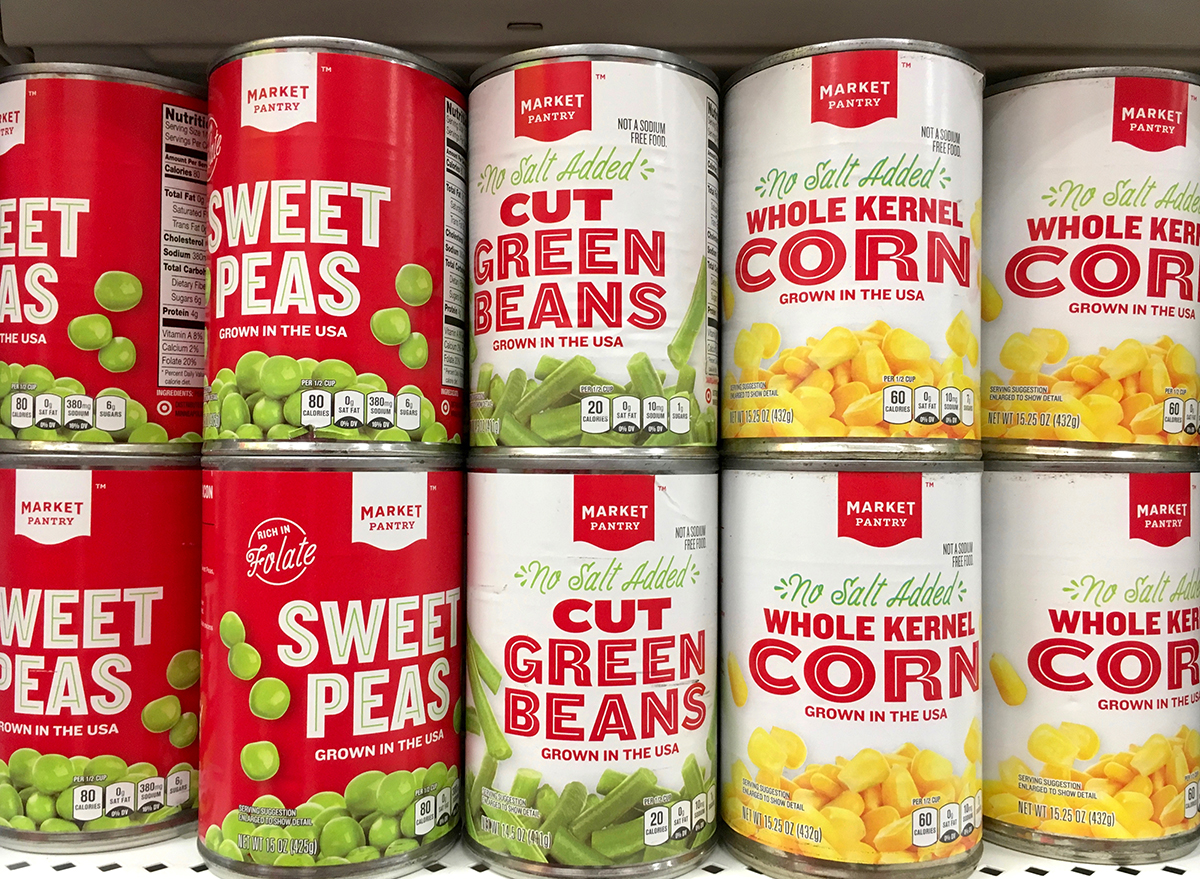
Step risers are a great way to provide more visibility to the items in the back of your pantry. Also, a Lazy Susan in the corner works great for bottles, says Jenkins. “This helps you see what you have in your space by making them more visible and easily accessible and keeps you from finding a can of expired beans in the back,” she says.
Create zones.
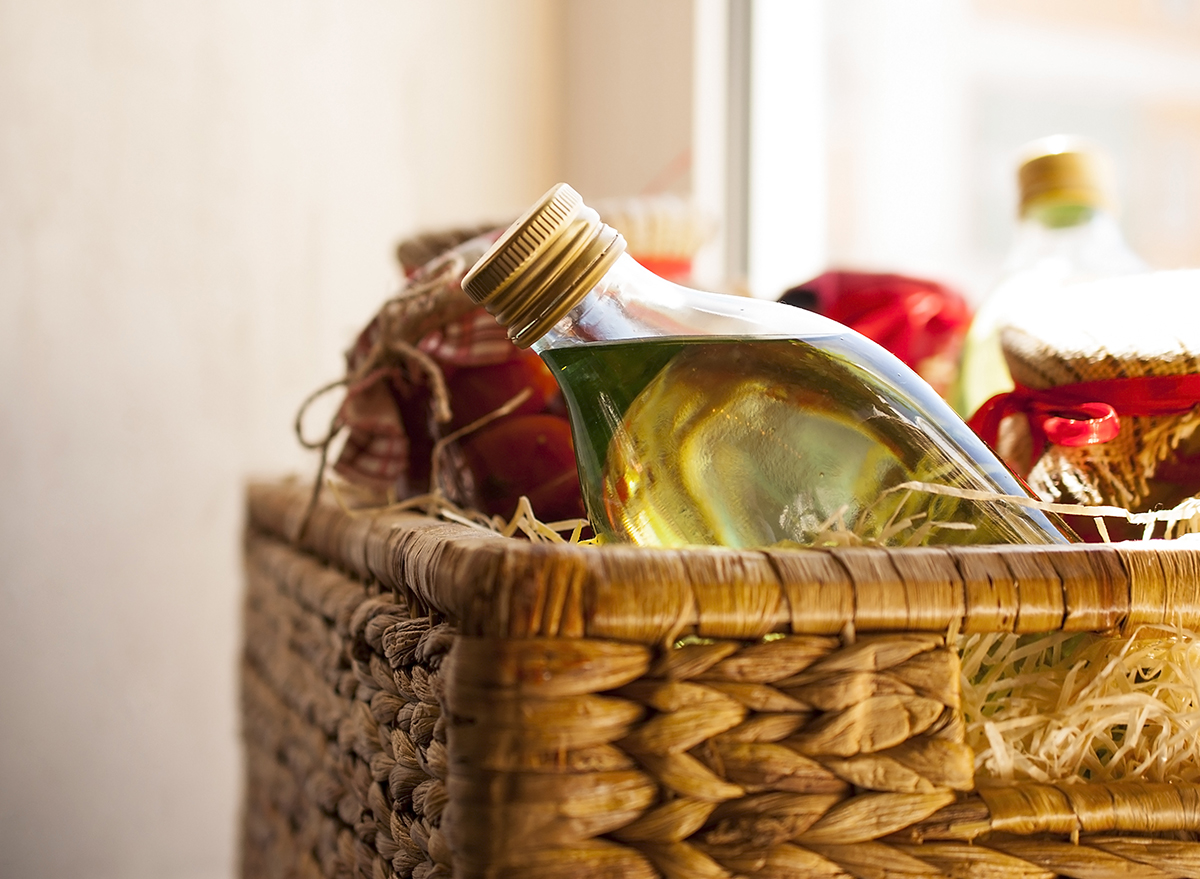
If you make lunch for the kids every day, having a bin, basket, or shelf that holds all of your mainstays for lunch prep is a great idea, Jenkins says. Even better is having the lunch bags, water bottles, and storage containers right near your prep zone. You can take a similar zoning approach to breakfast, dinner, and baking prep.
Reposition your shelves.
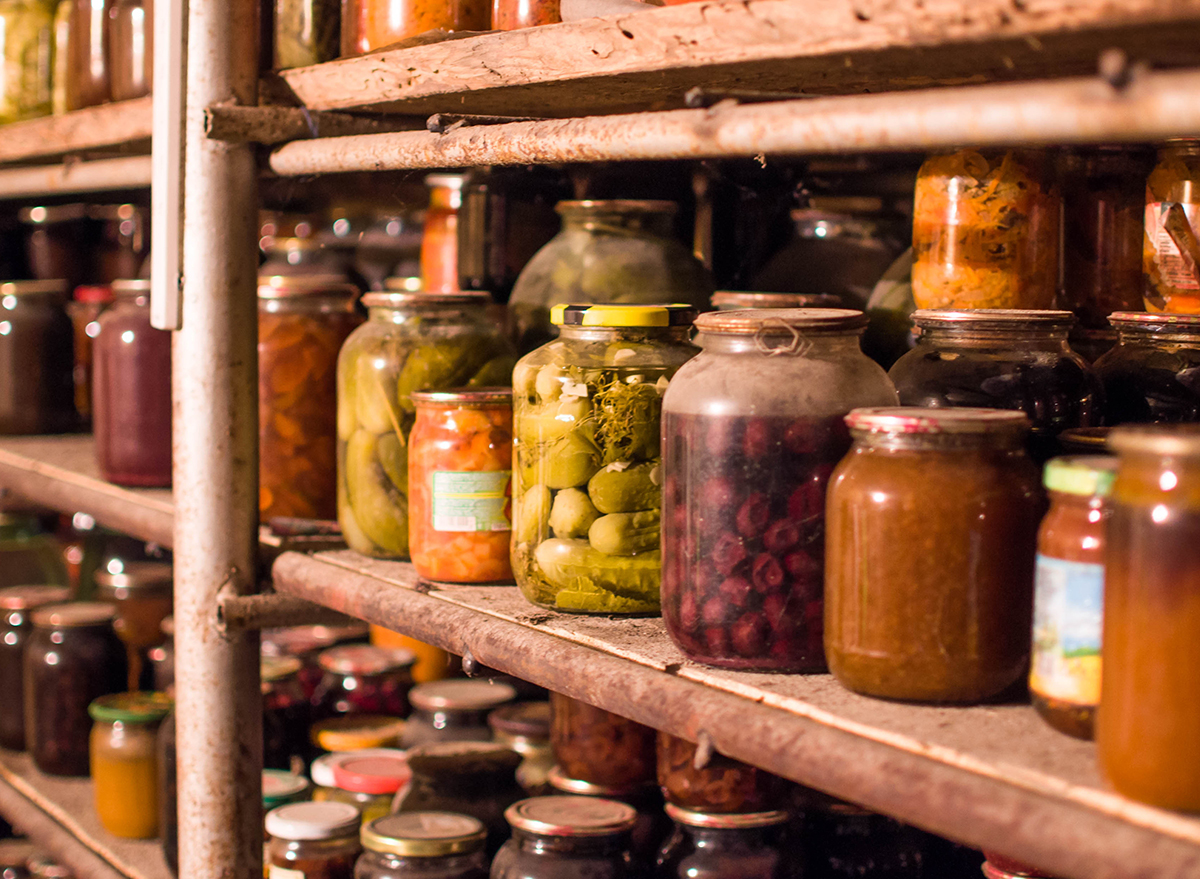
You can lose a lot of valuable real estate to poorly positioned shelves, says Darla DeMorrow, a certified professional organizer and owner of HeartWork Organizing based near Philadelphia, Pennsylvania. If possible, vary the shelves in your pantry to suit the height that your items need, she suggests. Pasta and cereals generally come in taller boxes. Cans are shorter. DeMorrow also suggests having more wood shelves cut at your local hardware store if need be. You might be able to add another shelf or two in an existing pantry, adding 20 to 30 percent more space, she says.
Use the 2 x 2 rule.
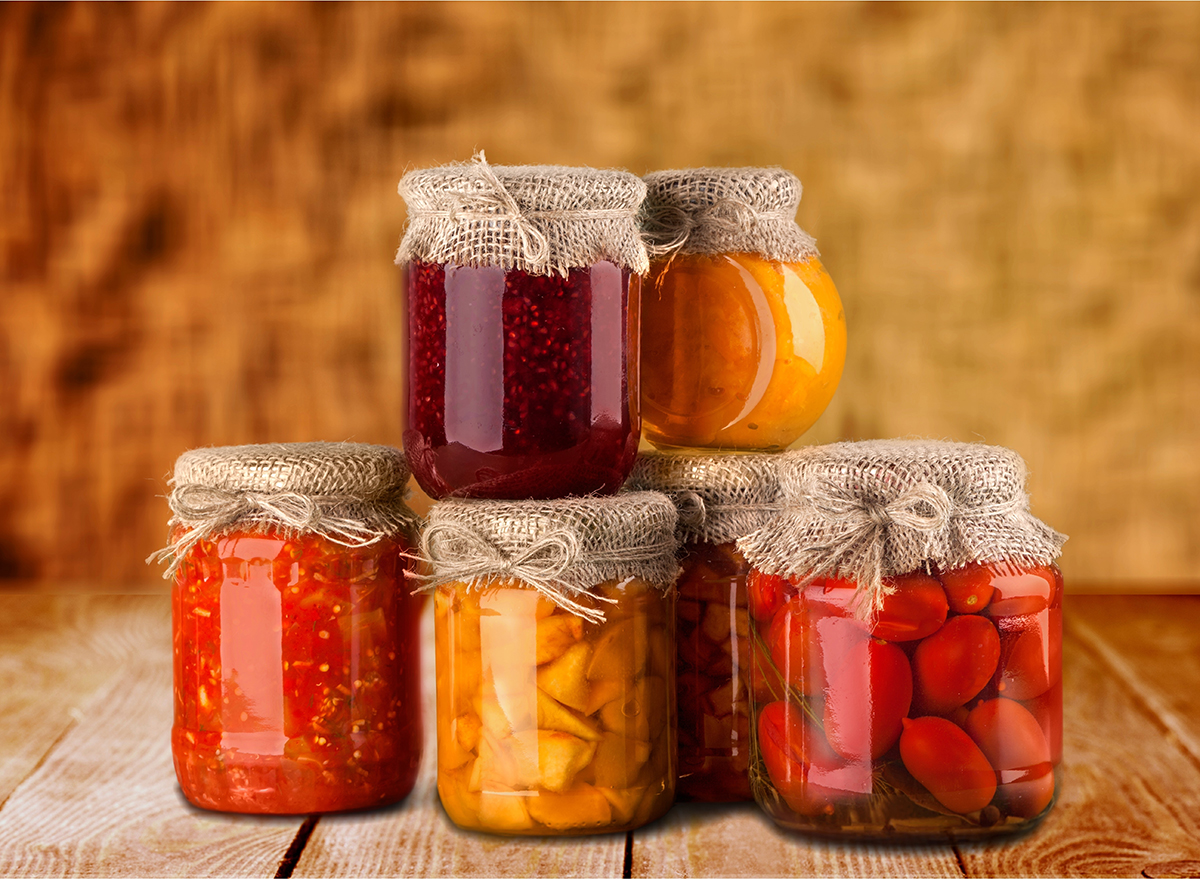
Try not to stack things higher than two items or deeper than two items, says DeMorrow, who is also the author of Organizing Your Kitchen with SORT and Succeed. “Tall stacks get tipsy quickly, making a mess,” she says. “Items on the bottom and in the back get lost and forgotten.” Employing the “2 x 2 rule” makes it easy to see what you have, so you’re more likely to eat what’s on hand.
You probably don’t need many organizing gadgets.
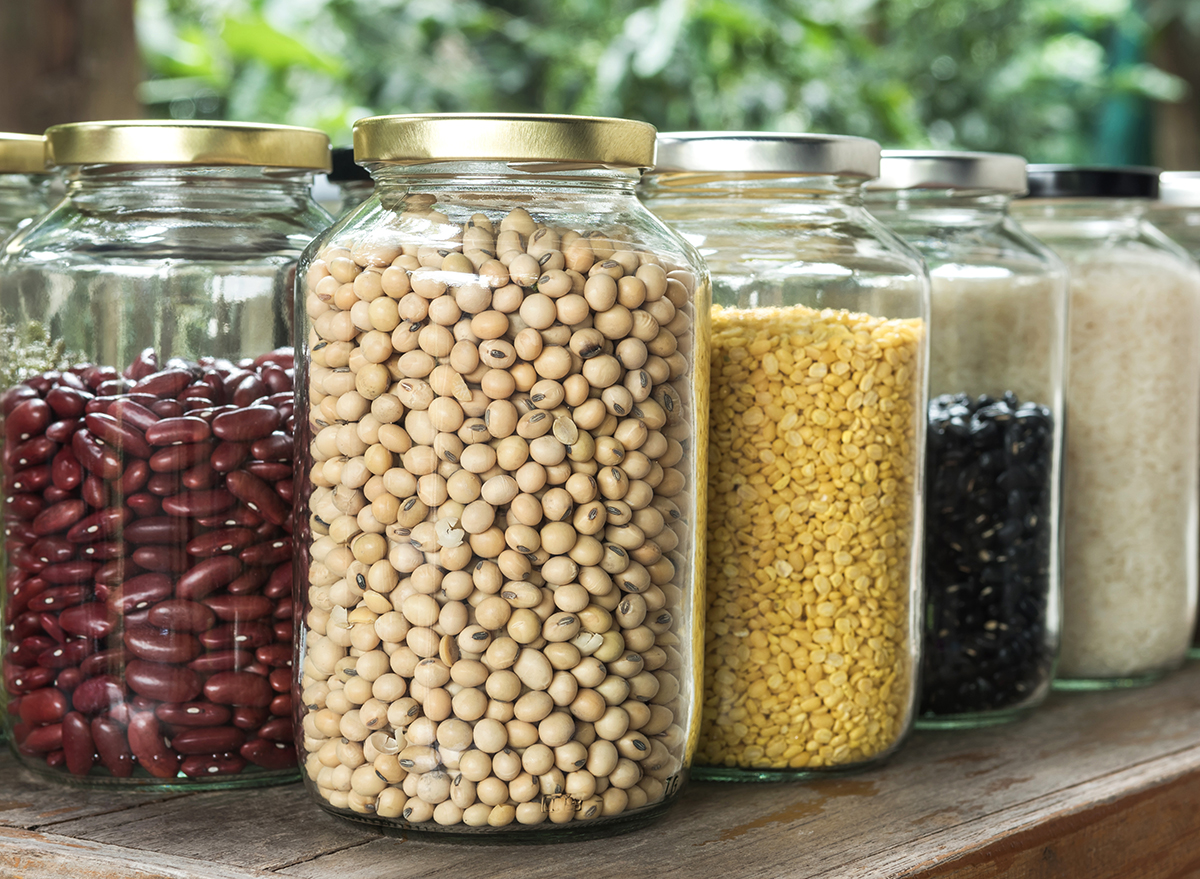
Use what you have (and recycle!), says DeMorrow. For instance, many spaghetti sauces come in handy jars. When they are empty, remove the label, wash and re-use them to store dry goods like beans, popcorn, dried fruit, and pasta, she suggests. If you want to get crafty, you can spray paint the lids white for a quick DIY project that makes your pantry look farmhouse cute for no cost. Similarly, you can use fruit crates or sturdy bulk boxes to act as bins to corral small snacks together, DeMorrow says.
Shop your pantry.
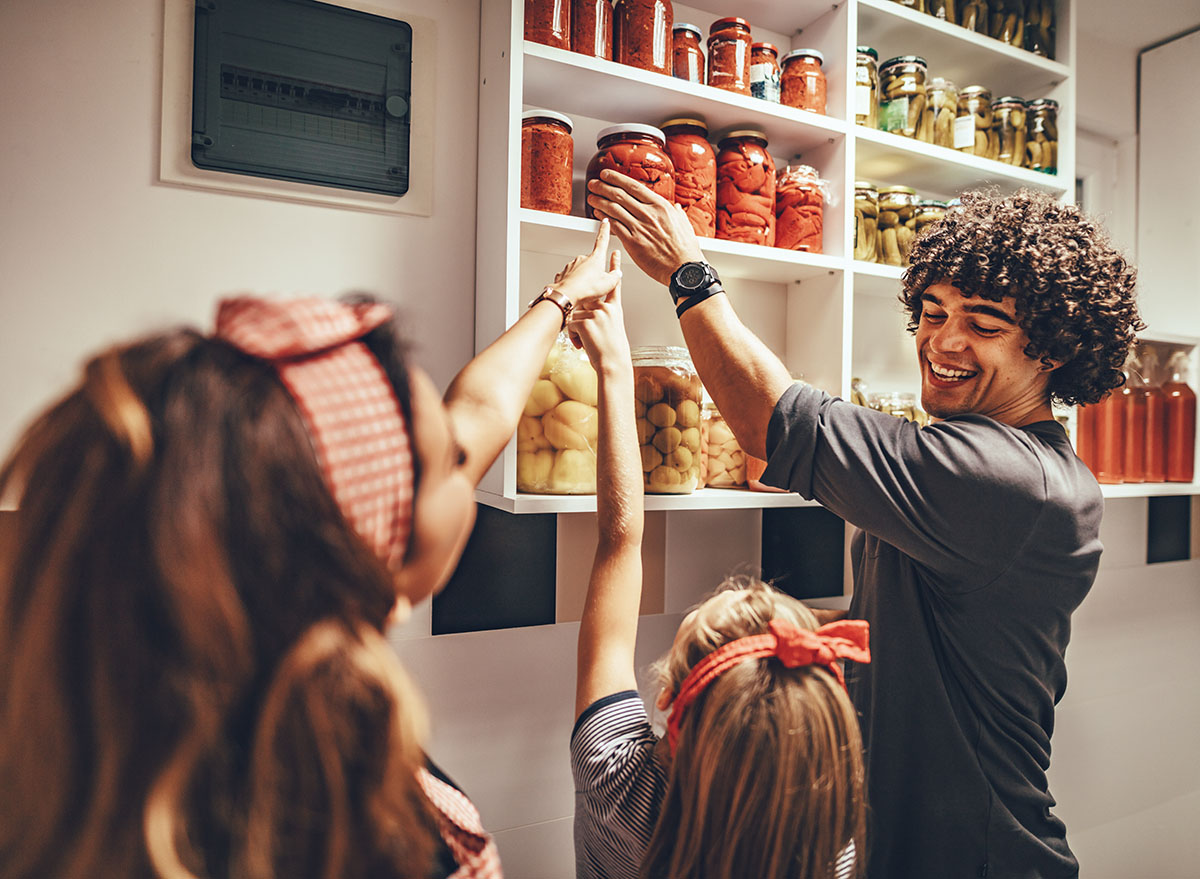
When you keep everything in sight, you won’t really have to worry about pantry staples expiring before you can use them, says DeMorrow. But she suggests designating a week twice a year where you attempt to cook what’s already in your pantry. You’ll get creative and eliminate waste.
Keep chip clips in your pantry.
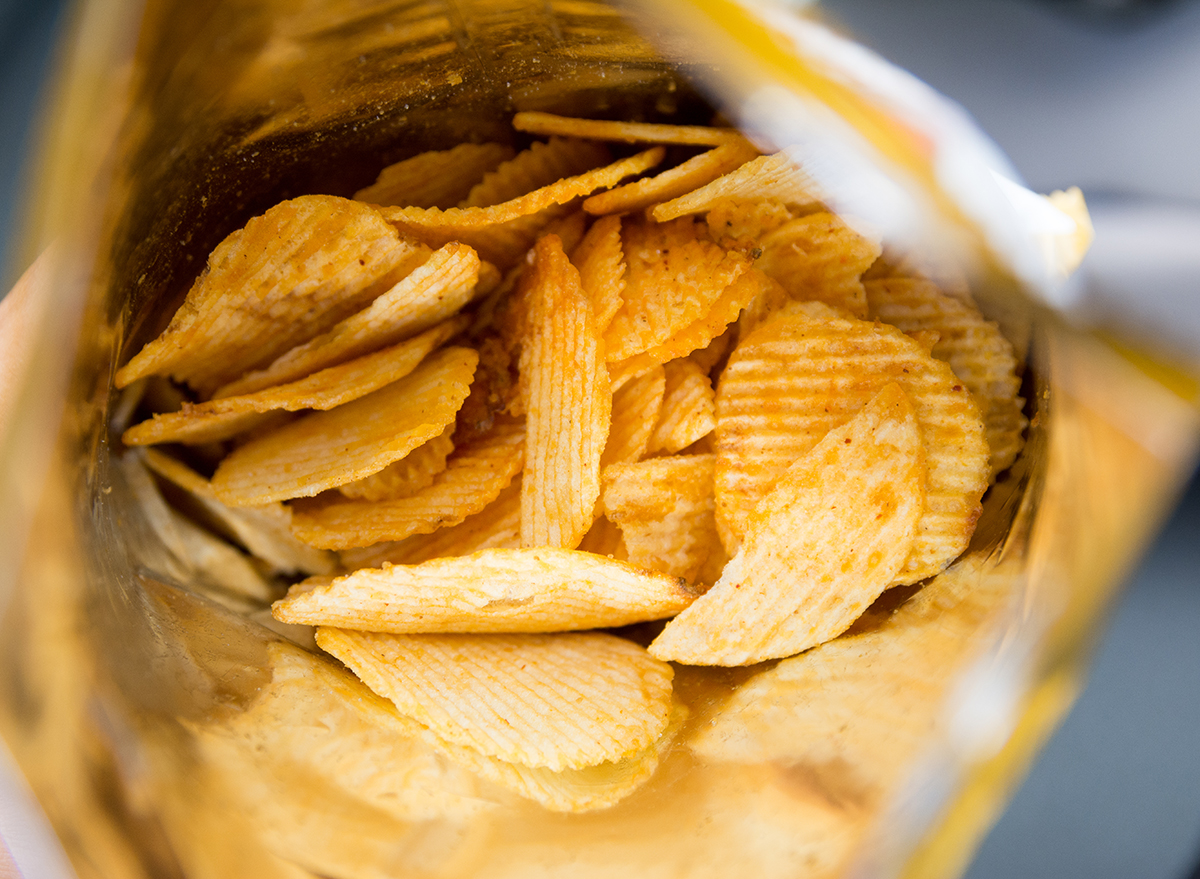
You know the dilemma: Chip clips often get lost in a drawer. To avoid this, DeMorrow suggests keeping them in the pantry by attaching them to a magnet or clipping them to the side of a bin. That way, they’ll always be close to the bags that need them. She suggests using these clips for cereal, dried fruit bags, chips, crackers, pasta, and any other dried food.
Get rid of spices after three to four years.
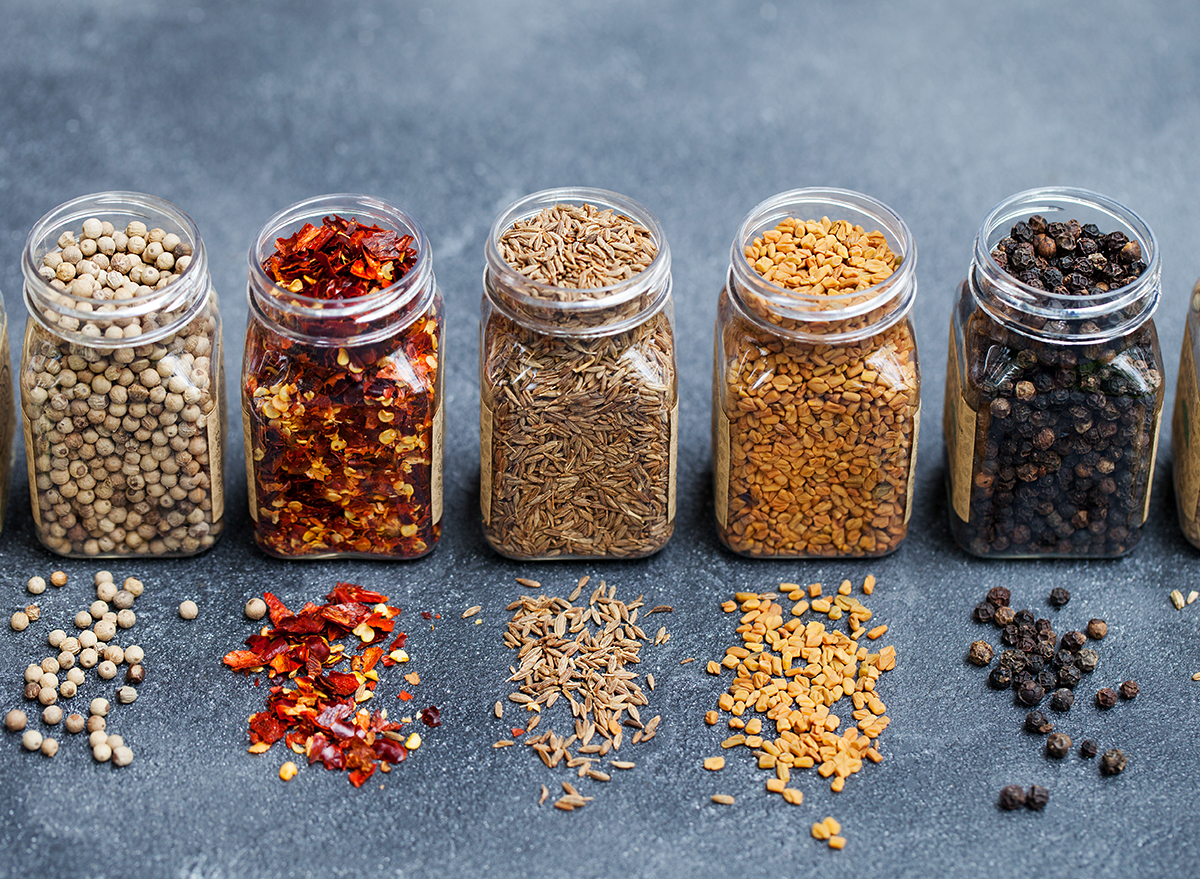
Take a look at that spice drawer once a year, and search for expiration dates, says Amanda Clark, the owner of Ever So Organized in Orange County, California. “As a general rule, most spices lose their flavor and potency after three or four years,” she says. Think twice about replacing them right away. Do you need another jar if you haven’t used most of it in a few years? Or could you get away with buying only what a recipe calls for from the bulk spice section that some grocery stores have?
Check in with your pantry before each grocery trip.
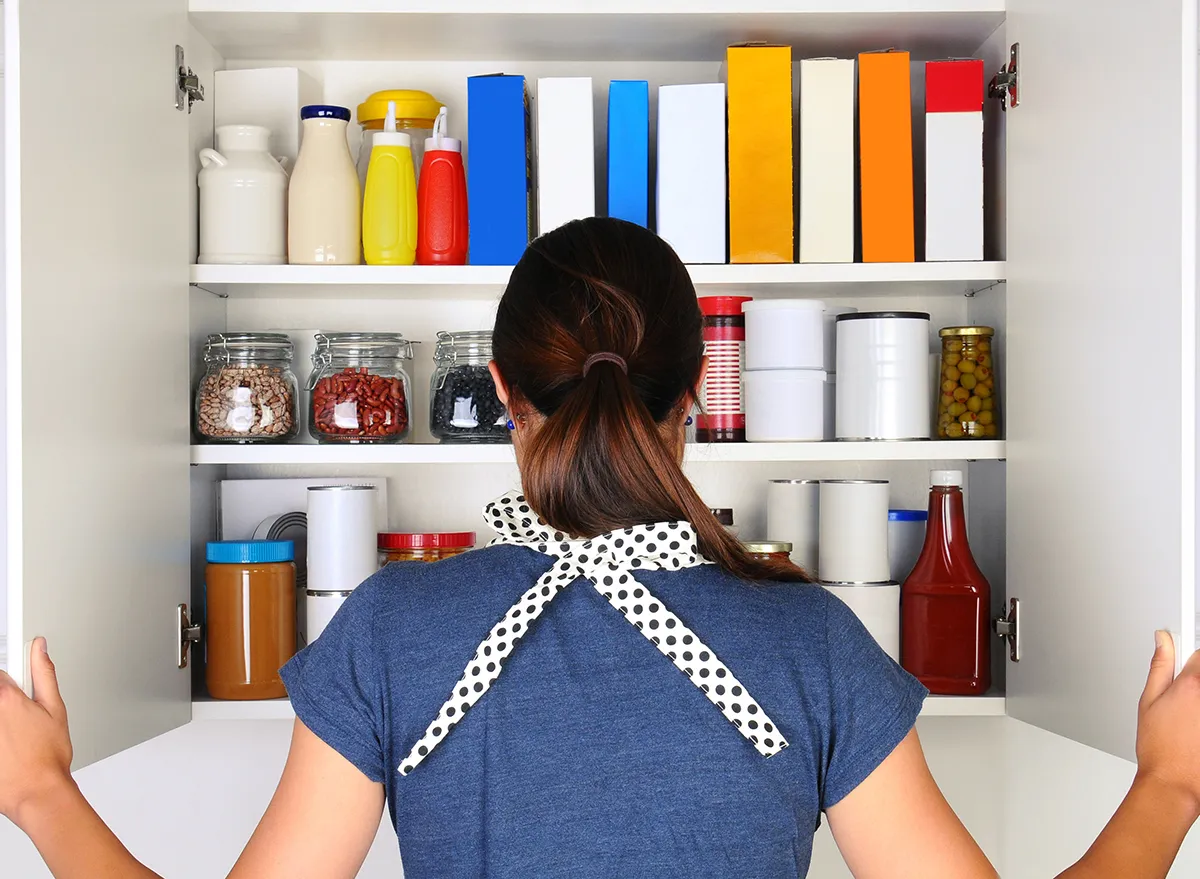
Before you head to the grocery store or order your groceries online, do a quick sweep of your pantry, suggest Mary Cornetta, founder and co-owner of Sort and Sweet Inc. Check expiration dates for things you haven’t used in a while. If an item is expiring soon, use it in a recipe later this week and add it to your list if you need to buy more. “Clutter, in general, happens because we don’t do regular check-ups on our stuff,” Cornetta says.
Pull-out drawers are a great investment.
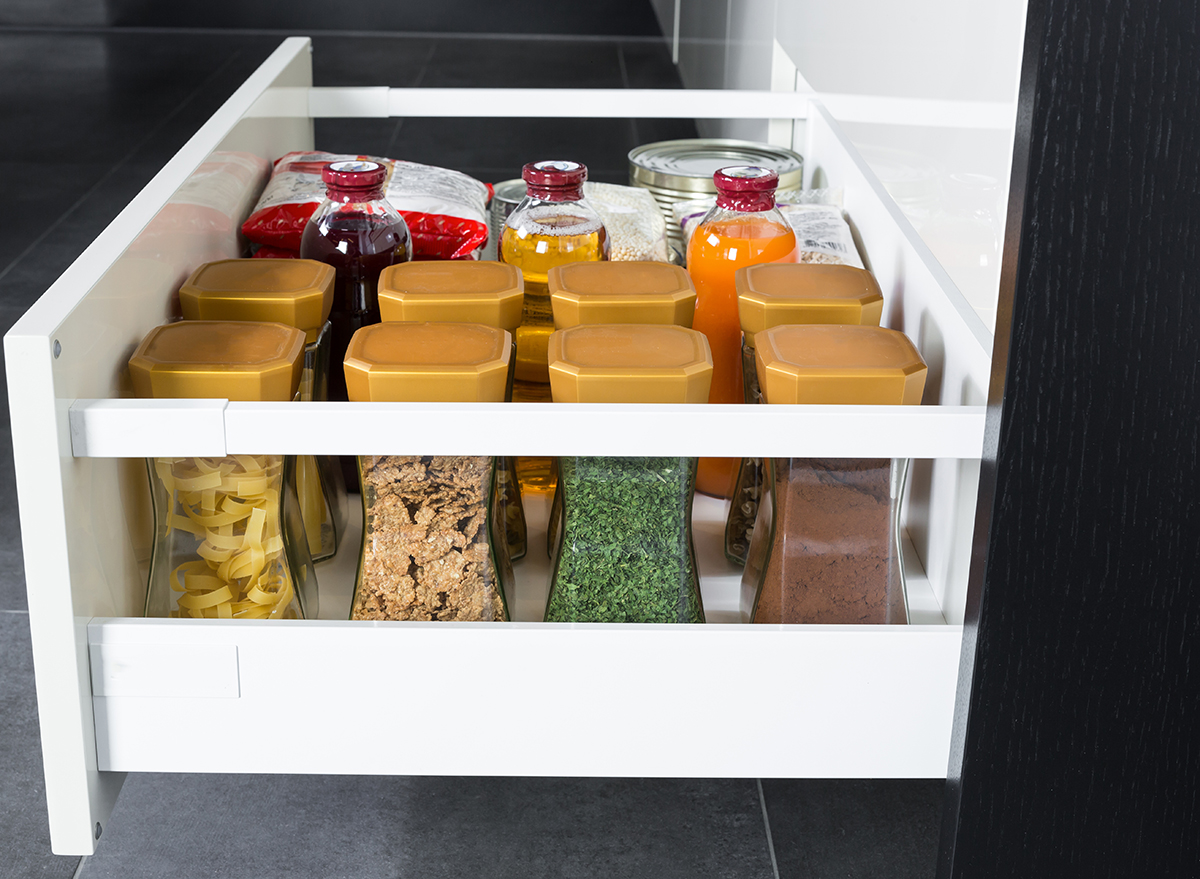
Many older homes have very deep pantry shelves, says Cornetta, and it’s easy for cans or boxes to get buried. To remedy this, you can have pull-out drawers from The Container Store or Home Depot installed in your pantry.
Make your own seasoning blends.
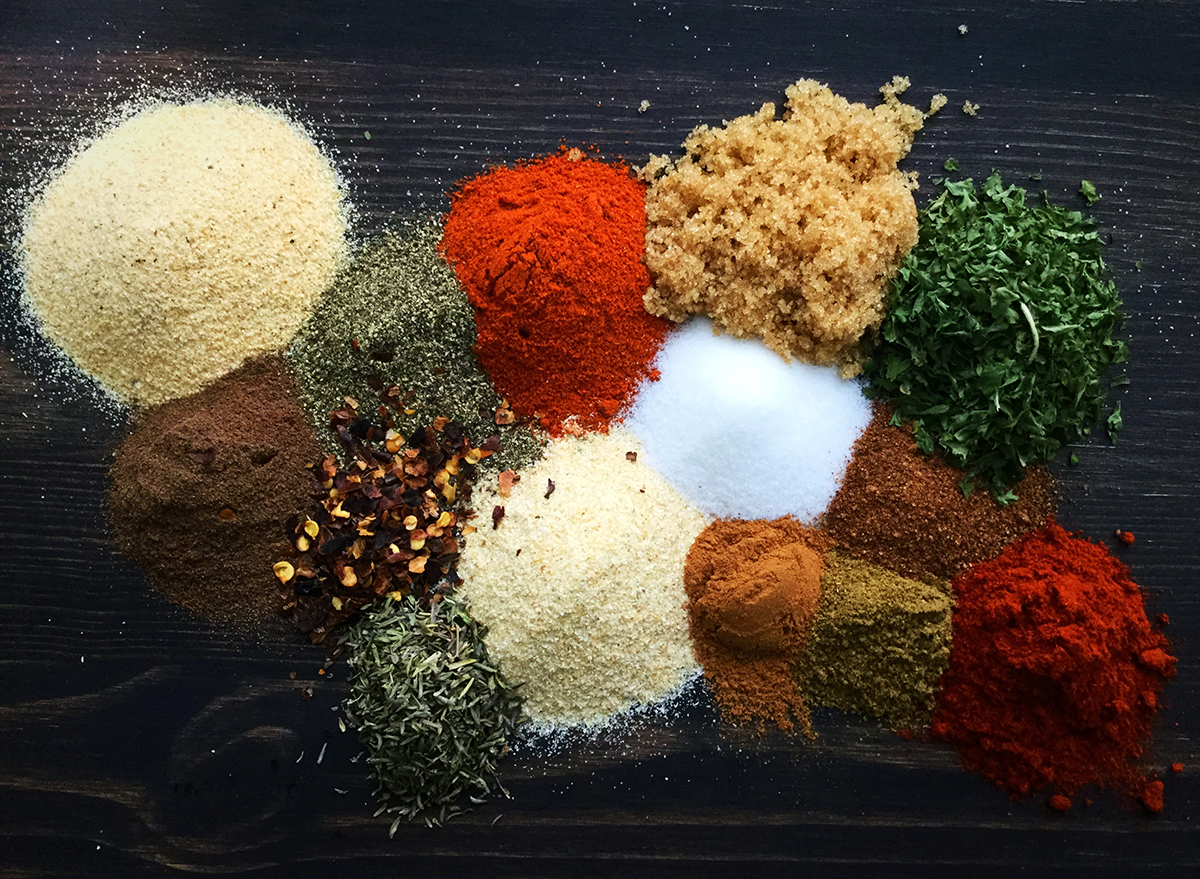
Oftentimes, you’ll see seasoning blends advertised or on sale. But how often are you actually using them? Instead of stocking up on pre-made or pre-seasoned pantry staples like rice mixes or blends, you can save money by buying regular rice and seasoning as needed when cooking, suggests Kristen Link, a food educator and recipe developer with Wellness by Kristen. “This will save you money and give you more versatility when it comes to the ingredients in your pantry,” she says.
